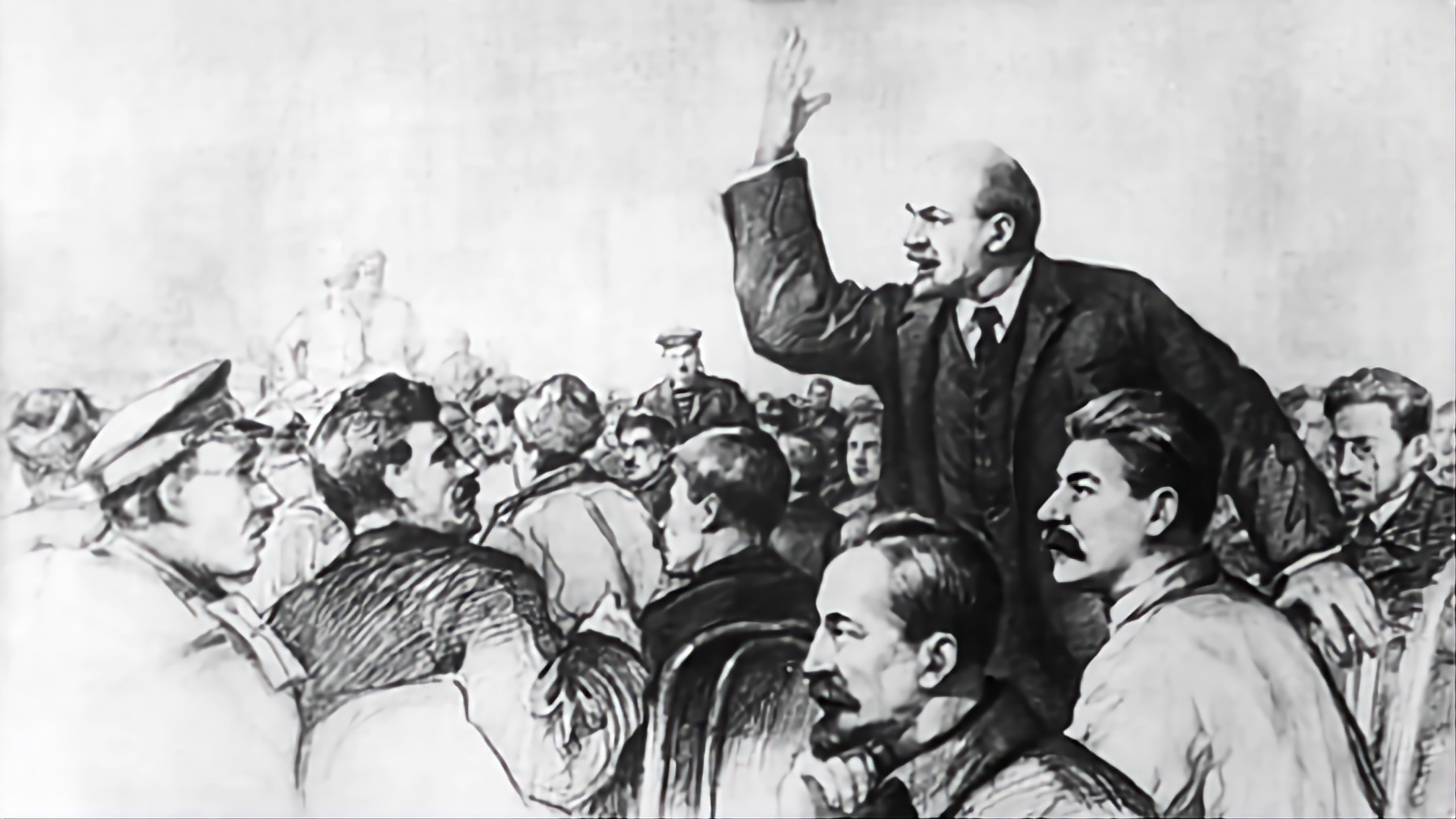
Capitalist states also don't just randomly decide to rapidly expand cooperatives throughout their country like China has. The CPC under Xi substantially increased the amount of supply and marketing cooperatives to cover over 95% of villages and townships as of 2018 (was only 56% in 2012) and broadened their scope of services to other industries.
I'm not sure if Gowans is really worth the time debating. He's developed some truly contrarian nuclear takes recently like that "US capitalism is as state-led as Russia's and China's", which either reveals profound economic ignorance on his part or he's simply seeking attention with trolling and is no longer willing to engage in good faith.